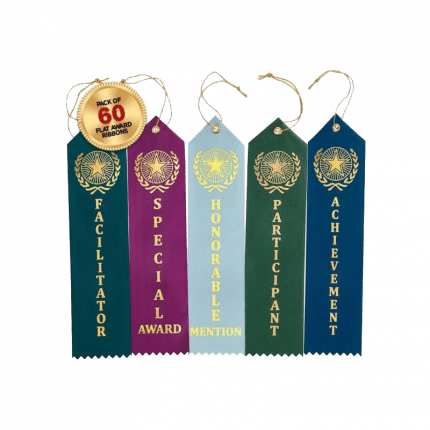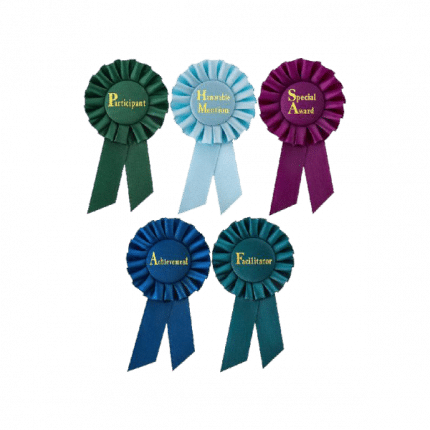How to Choose the Correct Ping Pong Paddle

With the relatively compact size of a ping pong table and minimal equipment, you can play ping pong almost anywhere, from your local sports club or bar to your garage. All you need is a table, ball, and paddle to serve and return to play table tennis. Choosing the right table tennis racket means evaluating your individual style of play, using different materials, and understanding what feels best in your hand.
We will consider everything that needs to be considered when choosing your table tennis racket: Choose a type of ping pong table.
When deciding which type of paddle to use, keep the following in mind:
Determine the handle you want to use
Think about how you play and how different types of paddling can affect your performance. Decide which of the traditional handles is most comfortable for you. The most commonly used grip in the West is the "handshake" grip, which gets its name from the similarities in how you hold the hand of the game to shake hands with someone you just met.
Other players may feel more in control if they use a "grip" where the grip is held between thumb and forefinger like a pencil with the paddle pointing downwards. Try to run and return the ball a few times with each catch before deciding which one is best for your game. With a handshake, you can come back with more strength and get things done. Playing with a pen's handle will move your arm to a more natural position for quick movements.
Start with a simple plastic or wooden pallet
Get the cheapest paddle you can find when you first learn to play. These pallets are usually made from a single piece of molded plastic or a few thin layers of wood and have no frills in functionality or aesthetics.
However, they can be instrumental if you start and don't have to break the bank to buy a more expensive paddle that you don't appreciate enough. A simple, inexpensive racket can teach you to be more precise because every time you serve and come back, you need to make sure you hit the ping-pong ball straight.
Purchase a ready-made, off-the-shelf paddle
Stroll through the board game department of a sports shop and find a table tennis racket in the garden. These pallets are made using a cutting attachment of the same dimensions, materials, and the undeveloped rubberized surface layer.
For most recreational gamers, a simple, store-bought paddle is all they need. Table tennis is more about technique than equipment. A good player can predominate with a store-bought paddle. Commercial paddles can be purchased cheaply and are sometimes sold in pairs or packed with ping pong balls.
Try a competition paddle
If you want to paddle too fast or just looking for something heavy, get yourself a competition paddle. According to the official table tennis rules, competition paddles must be made of at least 85% natural wood so that they can withstand a certain weight. Paddles used for competitions are always assembled with better quality rubber and adhesives so they will last longer and better withstand intense matches. (It is also recommended to store the paddles when not being used in a patted ping pong paddle case.)
Professional paddles can usually be purchased from the same locations as commercial paddles or ordered online.
Decide if you want rubber on one or both sides of the pallet.
Found a wooden blade that you like, but has only one side of the paddle rubberized or both? It’s mostly a matter of preference. Extra rubber and sponge add to the overall weight of the paddle, but you have more control as you switch from forehand to backhand. You can also rubberize both sides of the palette, but use a different texture and thickness for each side. This allows you to switch from one side of the paddle to the other when you need to make different strokes.
Competitive players often use two different tires for their paddles, each with slightly different properties, in order to develop more versatile strategies.
Experiment with different sizes and weights.
Table tennis bats come in many sizes, shapes, and styles. It can be helpful to try different types before deciding which one you really like. Based on reviews from several ping pong players, he describes that heavy paddles are much better for offensive players who use speed to win games, while lighter paddles are more flexible paddles, allowing defensive players to customize. the speed and direction of the ball. Play around with paddles of different weights and sizes whenever you get the chance until you find what works best for you.
The weight of a paddle is determined by its thickness. The thicker blades allow you to get the ball quicker but you sacrifice control. The thinner blades offer maximum ball control but come back a little slower. Each type of paddle has its advantages and disadvantages. Again, it’s about learning your strengths and weaknesses as a player and finding a paddle that suits you.
Choose a paddle that is designed for your preferred grip.
All table tennis bats have the same basic shape, but some types vary in blade width or length and handle design to better suit particular styles of play. For a classic grip, find a paddle with a thick, firm grip to add some authority to your shot. If you’re playing with the pen hand position, choose a lighter paddle with a longer, narrower handle that allows for quick brushing movements of the wrist.
Some paddles are designed specifically for players who prefer a grip. These paddles are longer and more ergonomic and sometimes even include an additional wooden fin around the handle for added safety.
Also Read: How to Choose the Best Ping Pong Table







